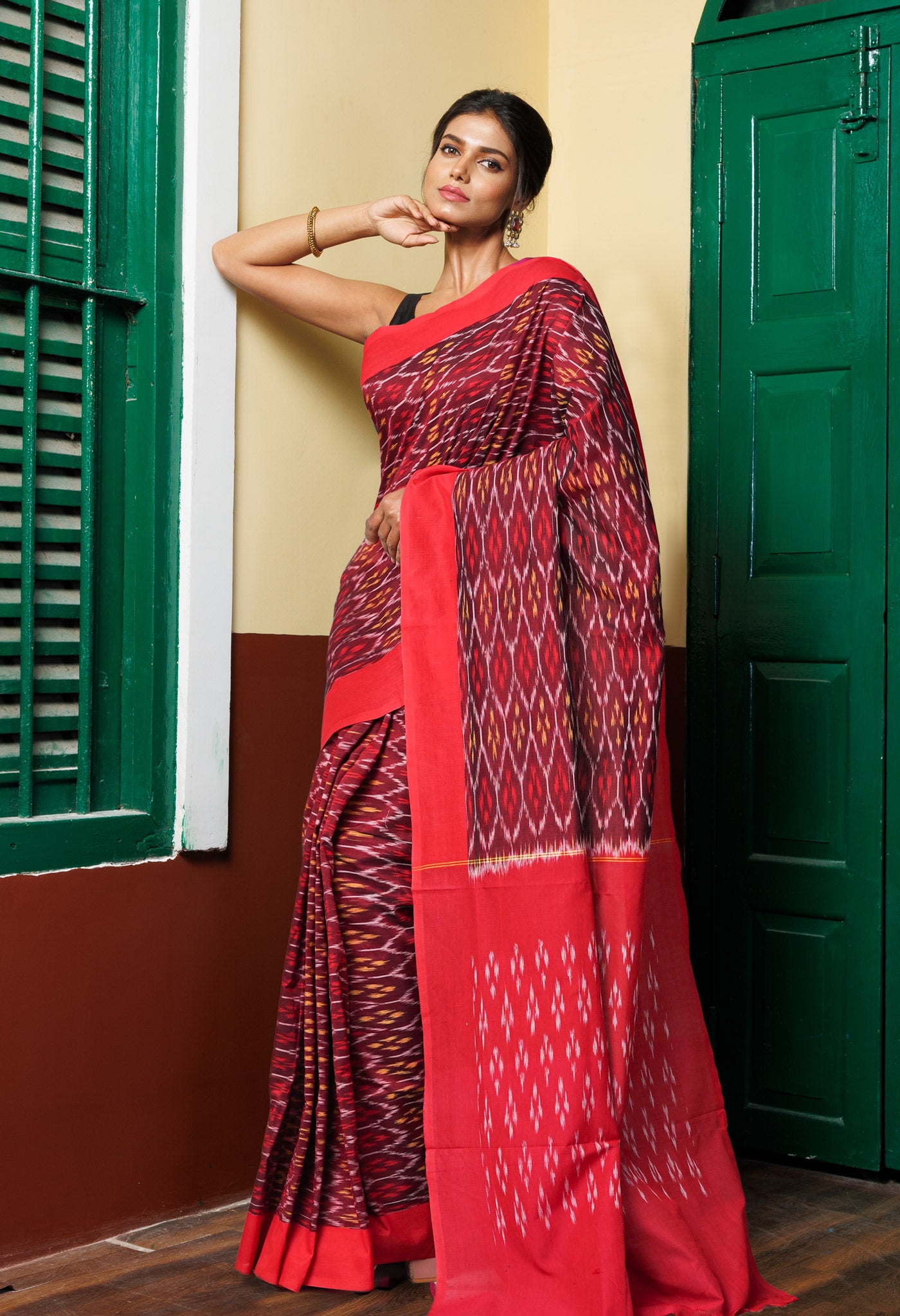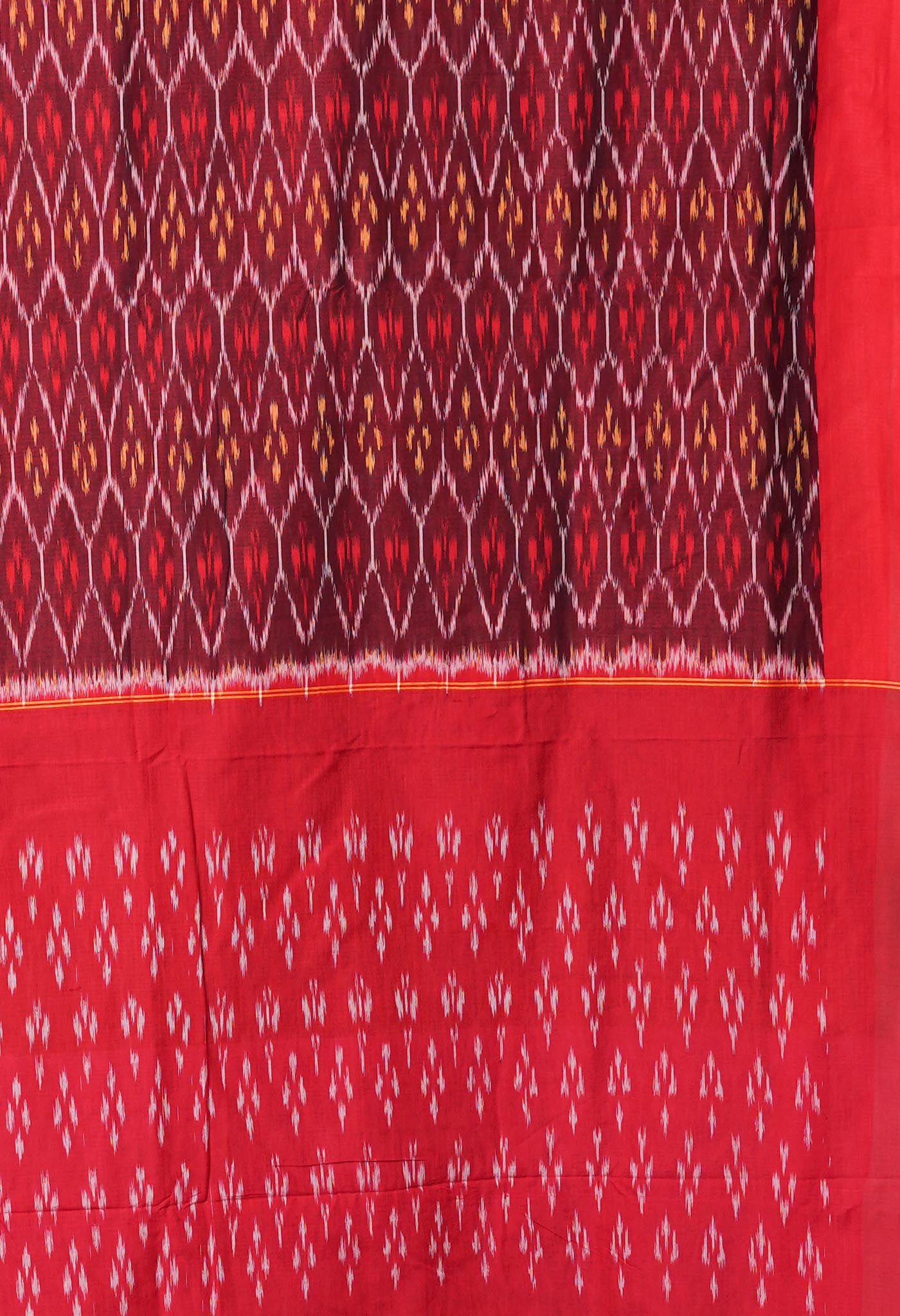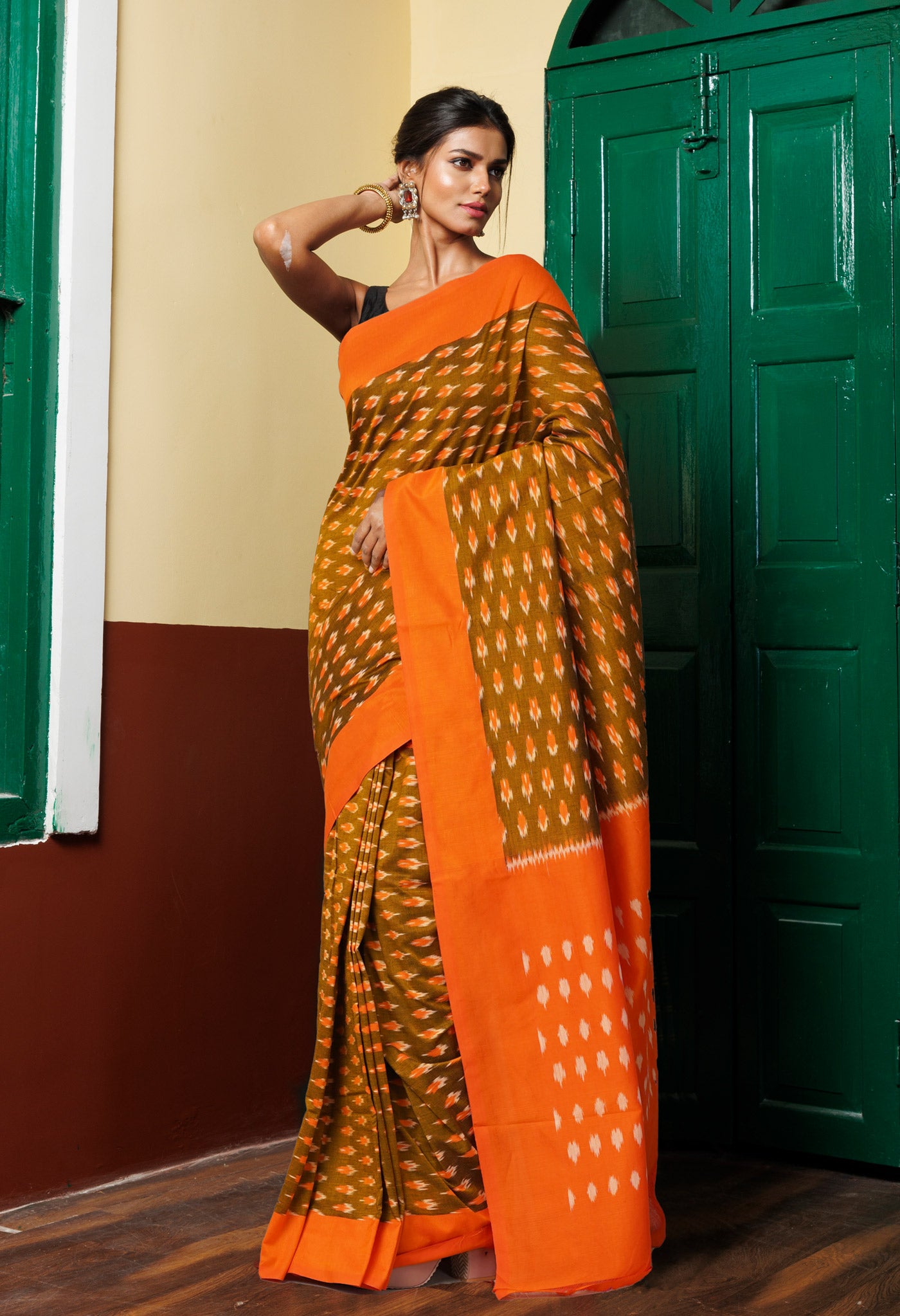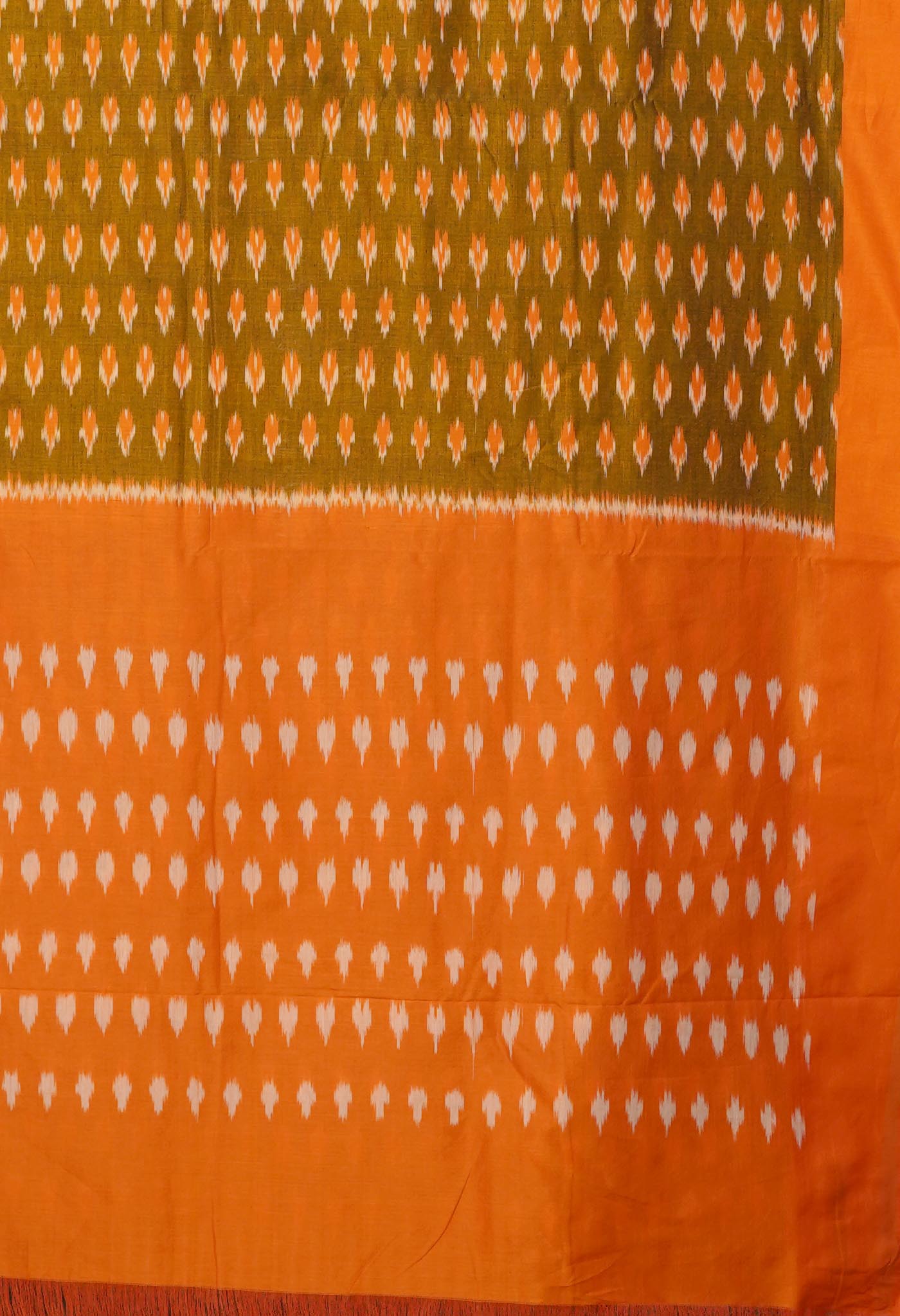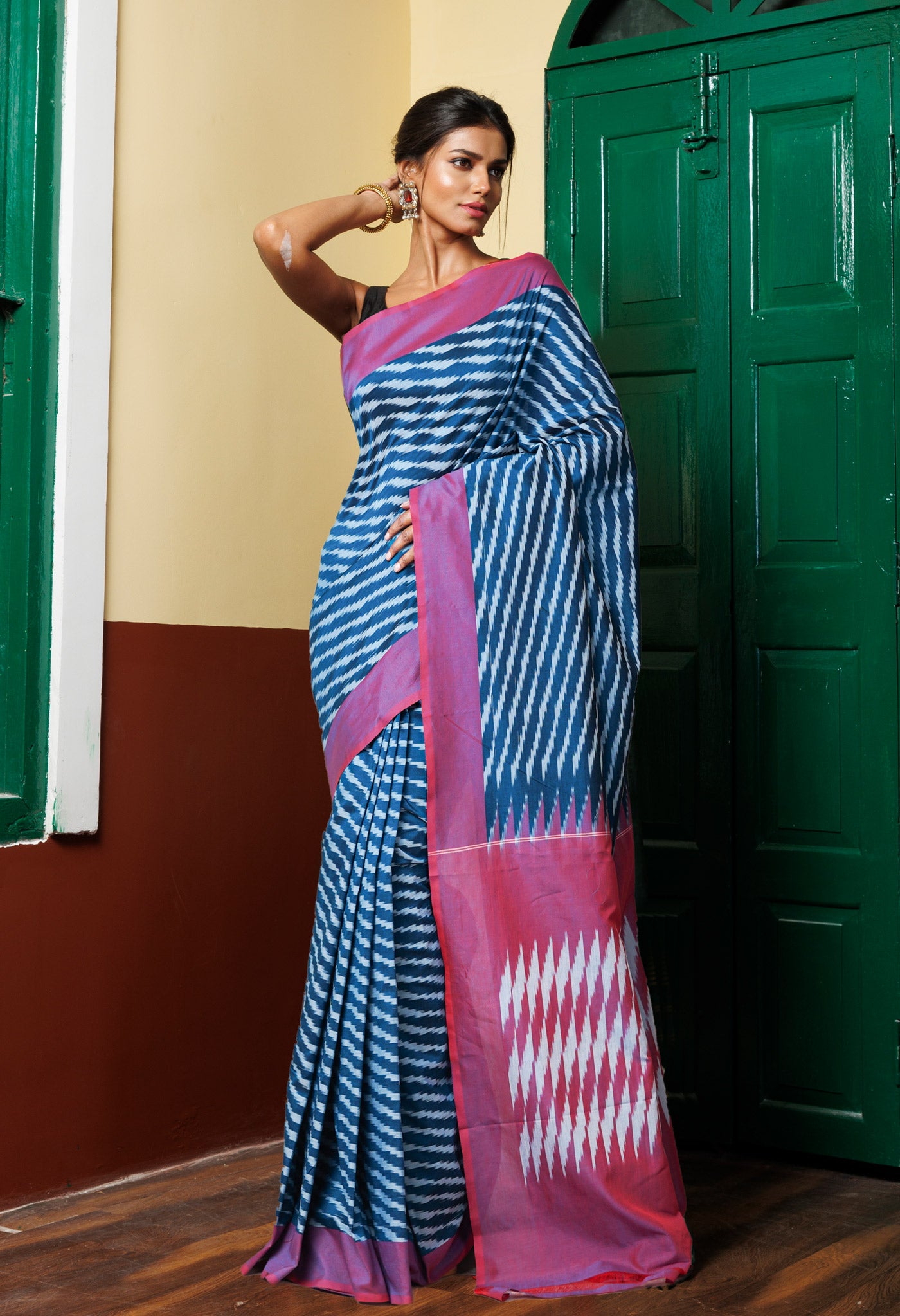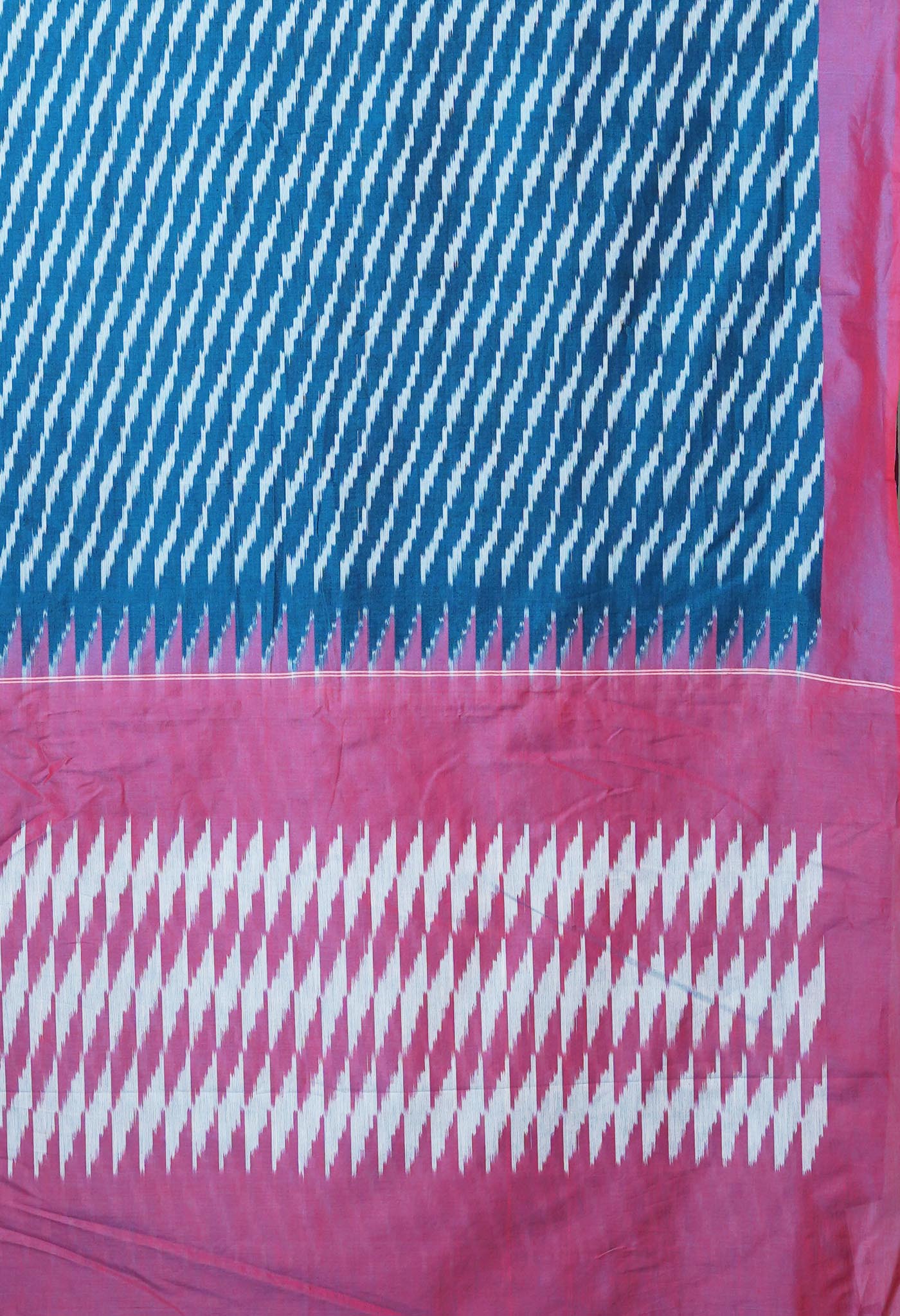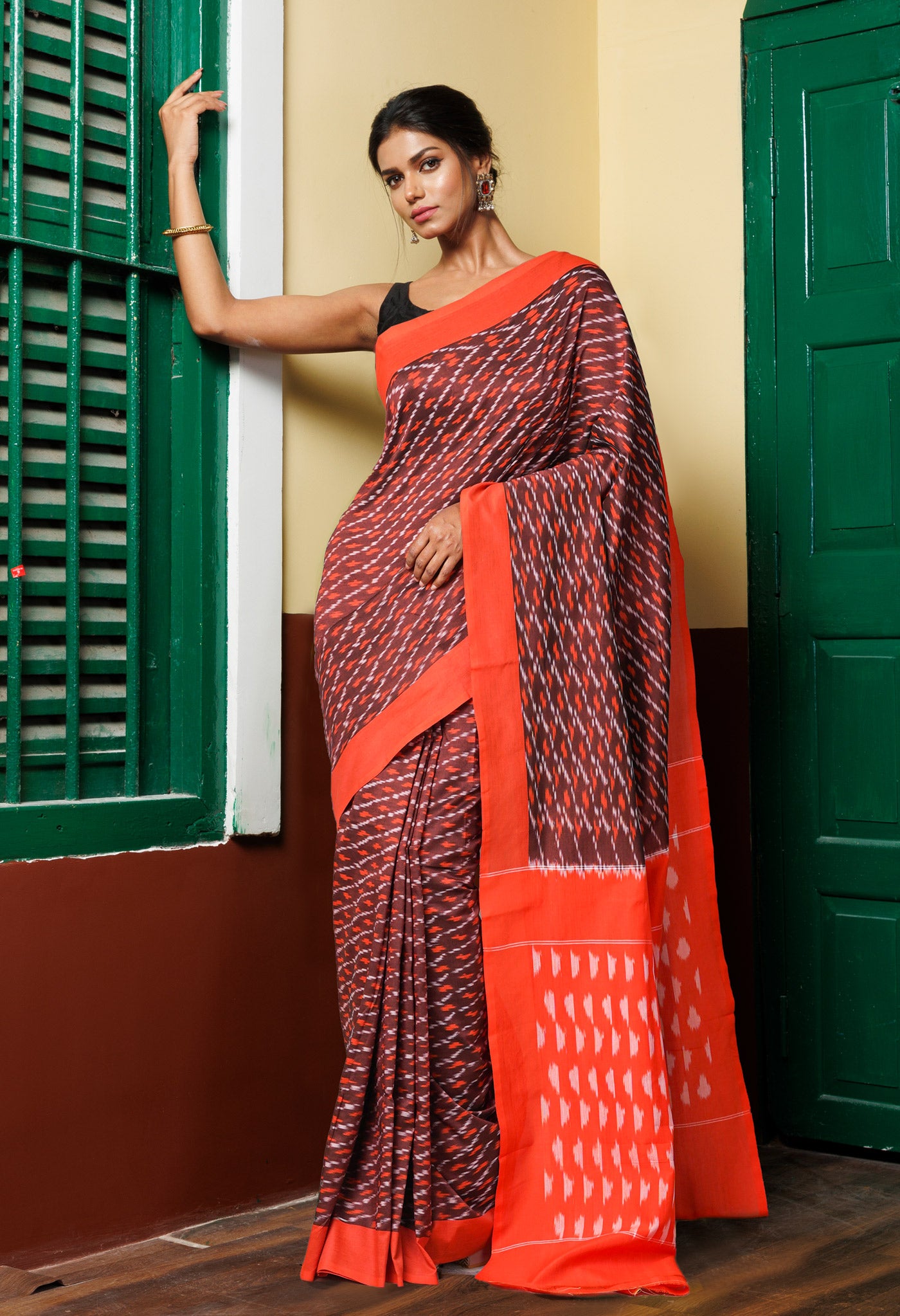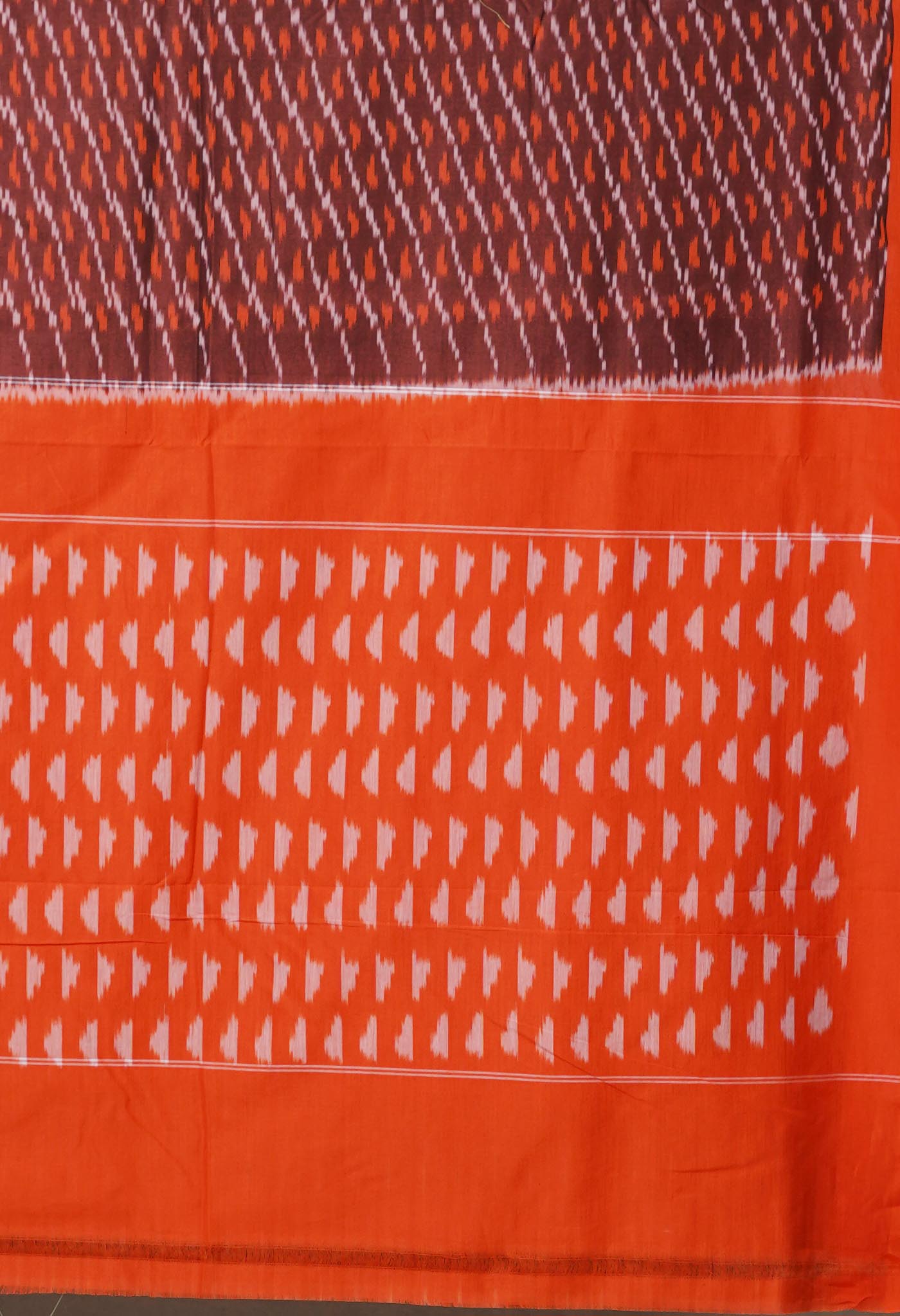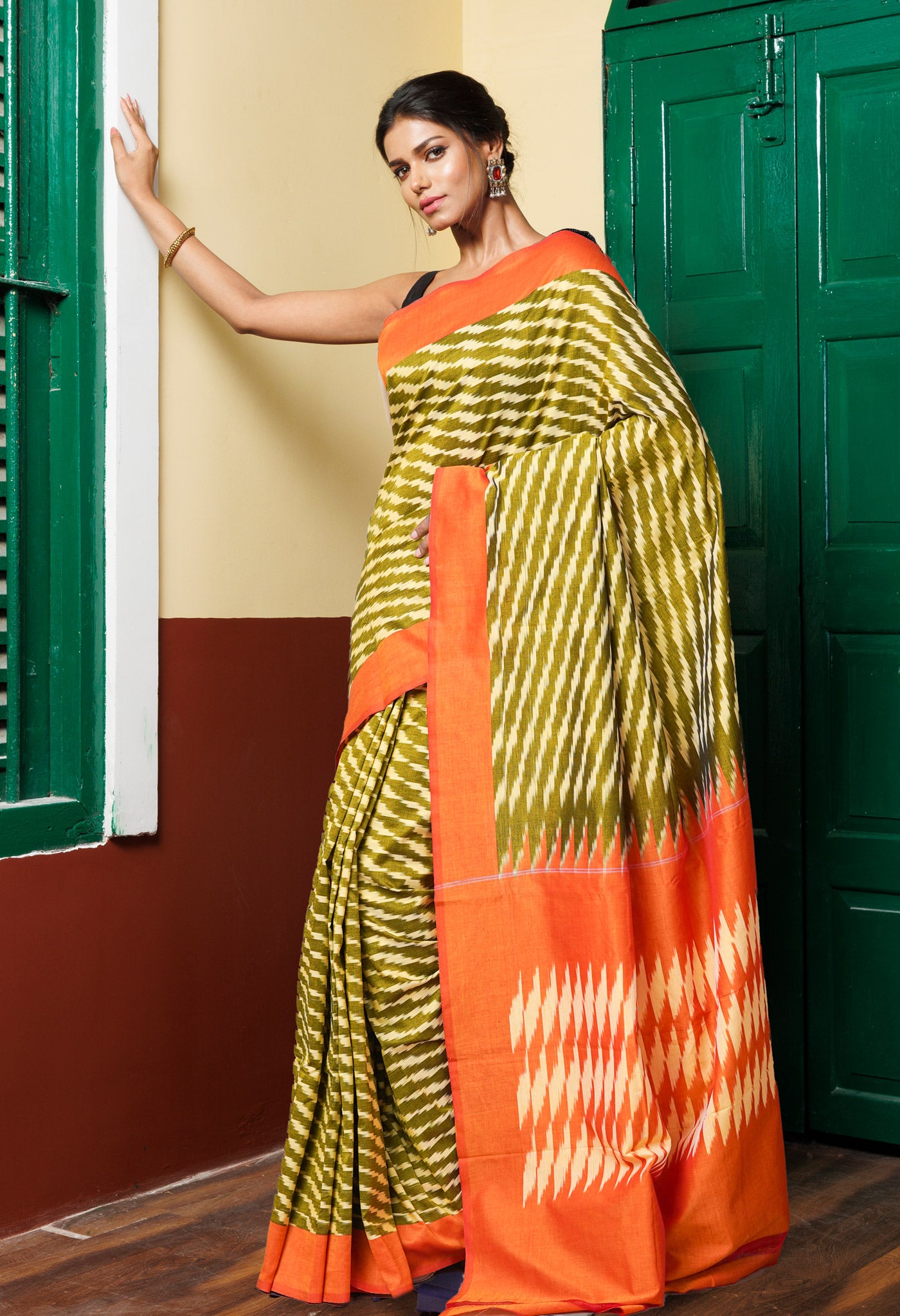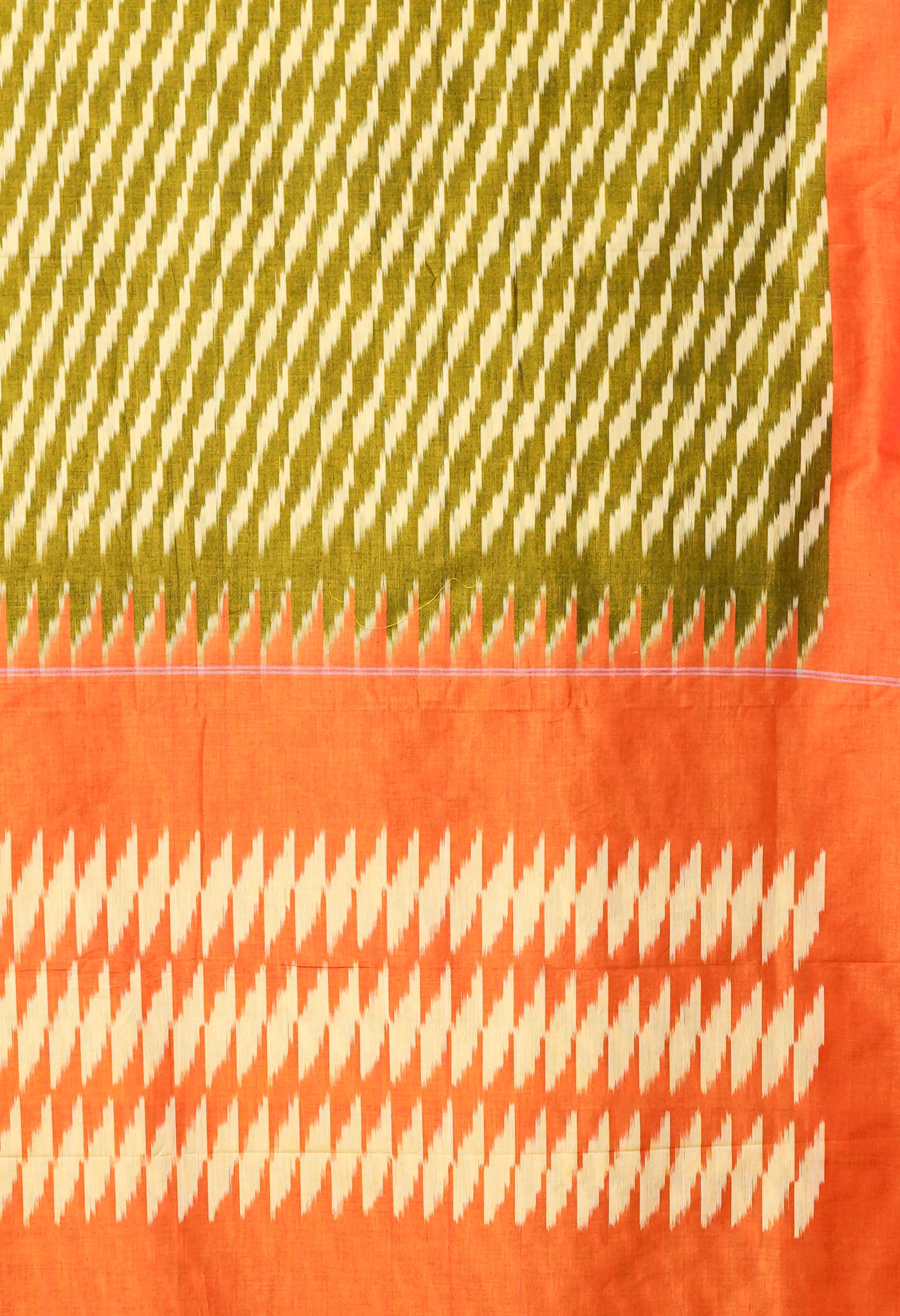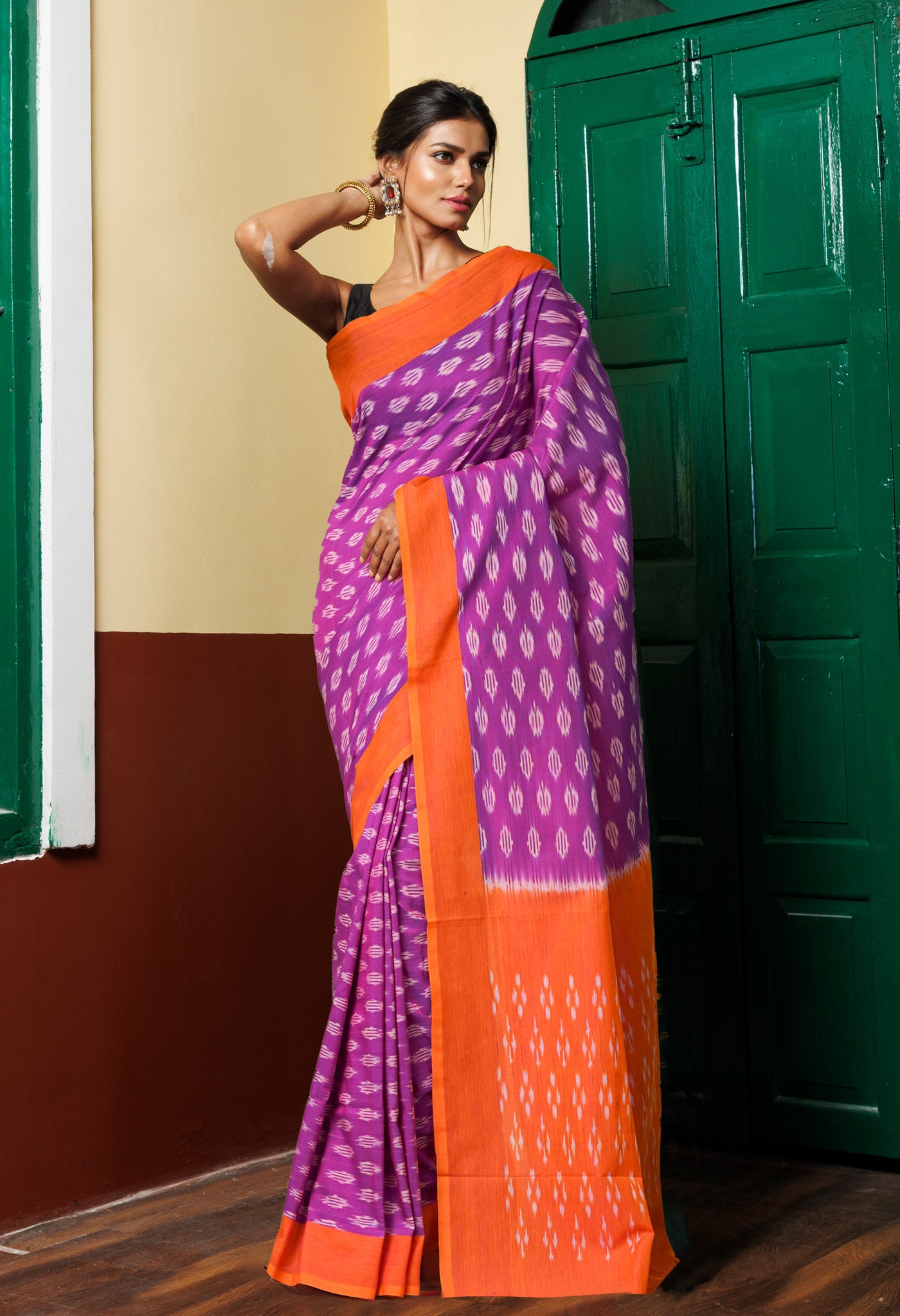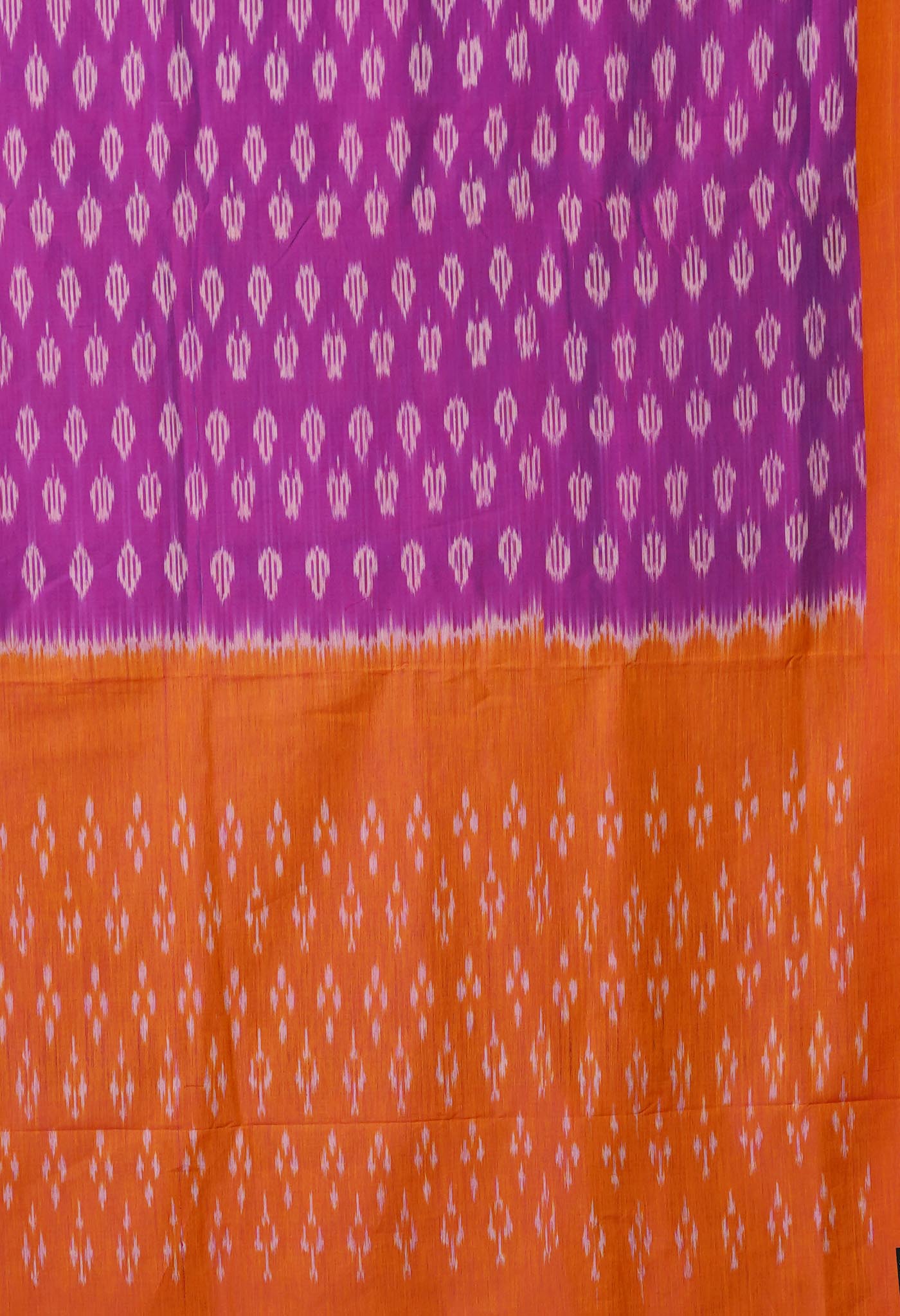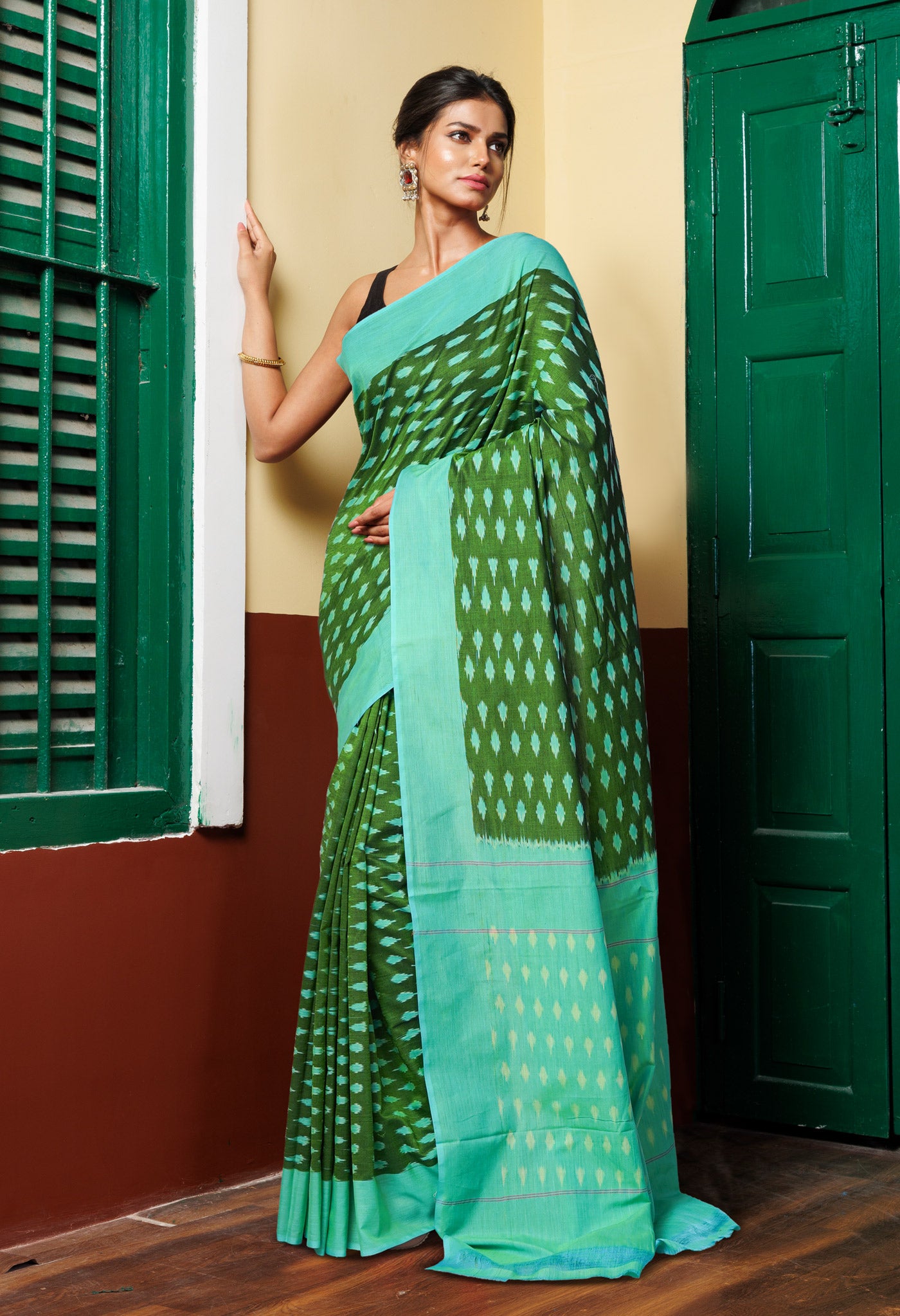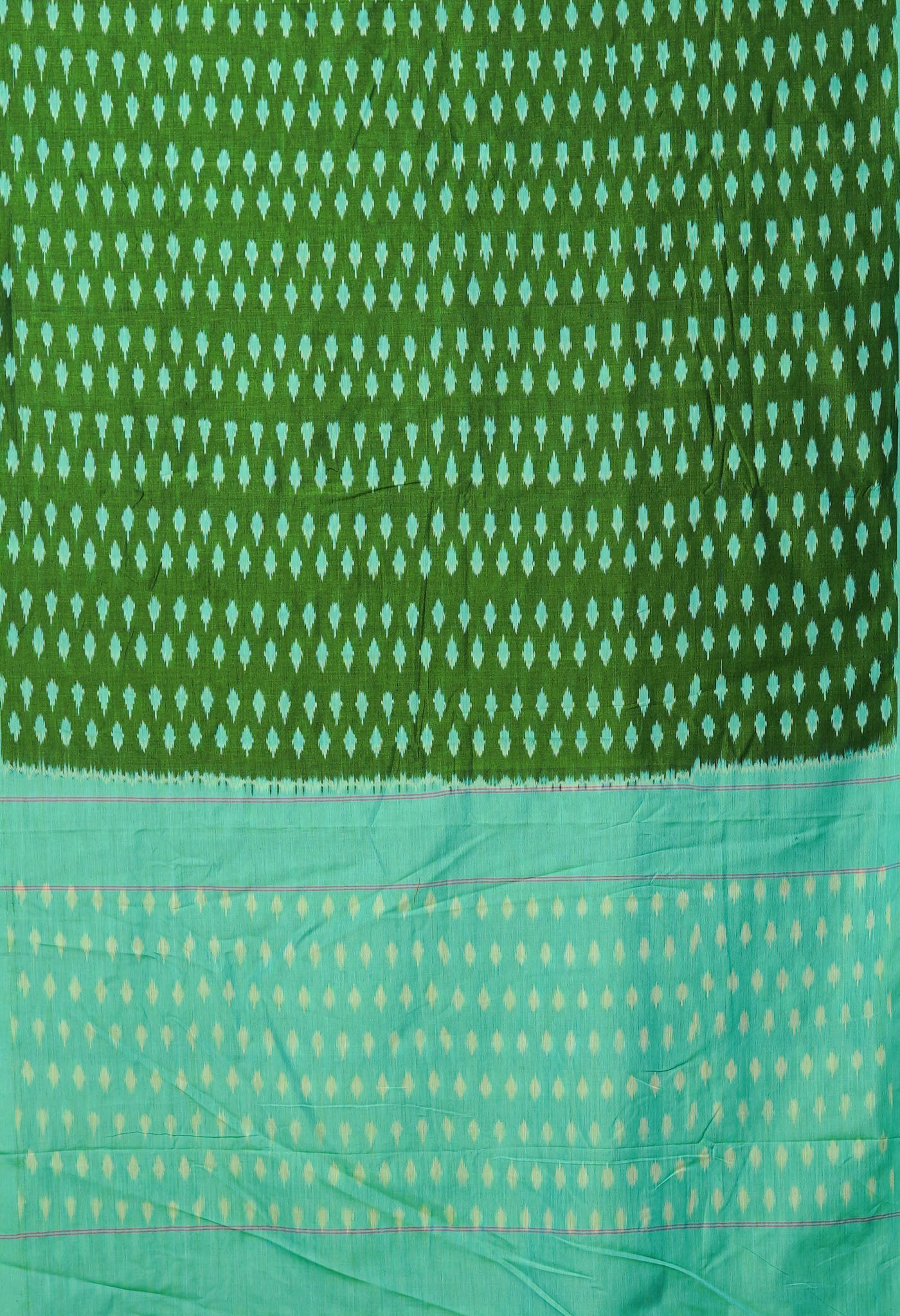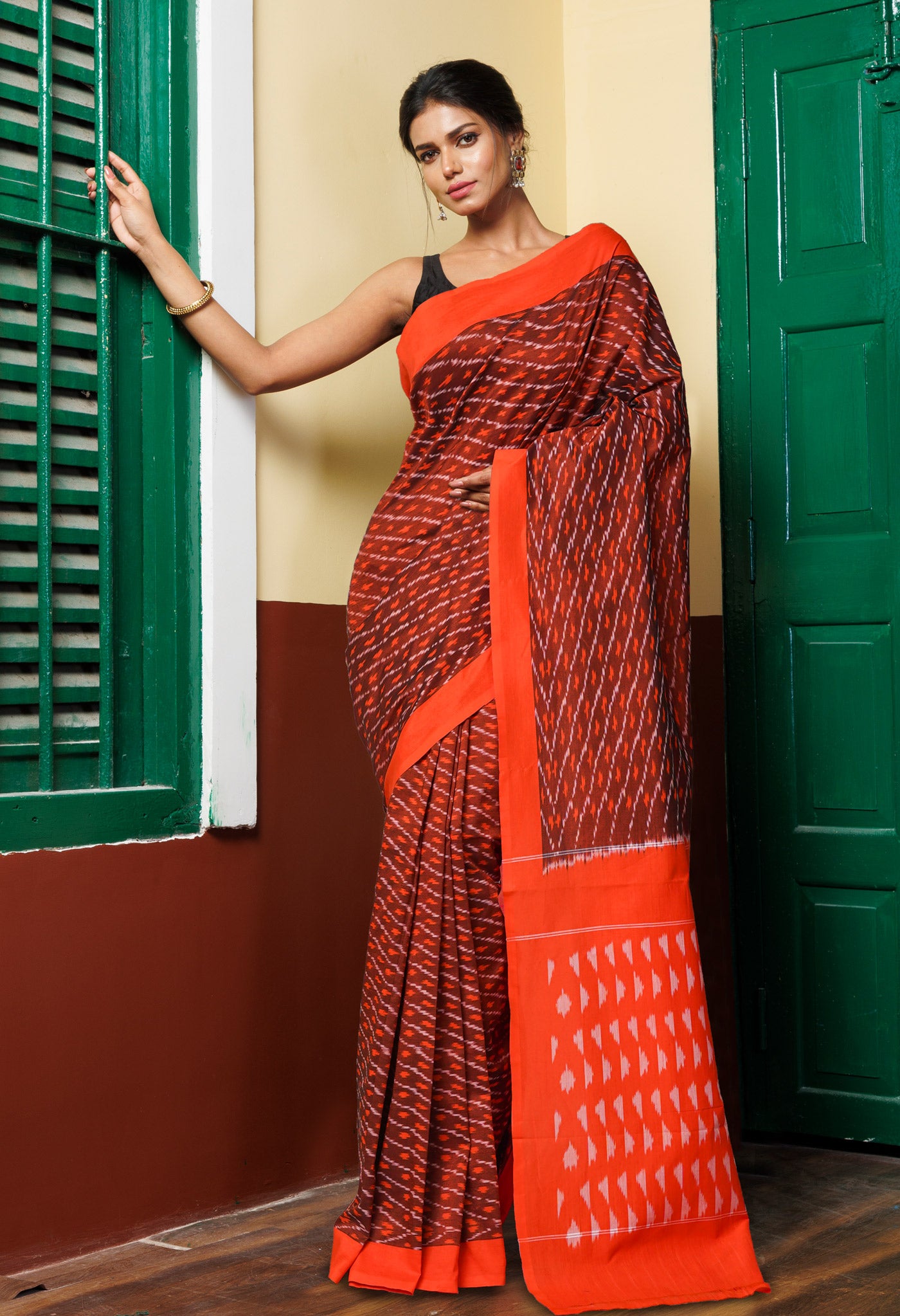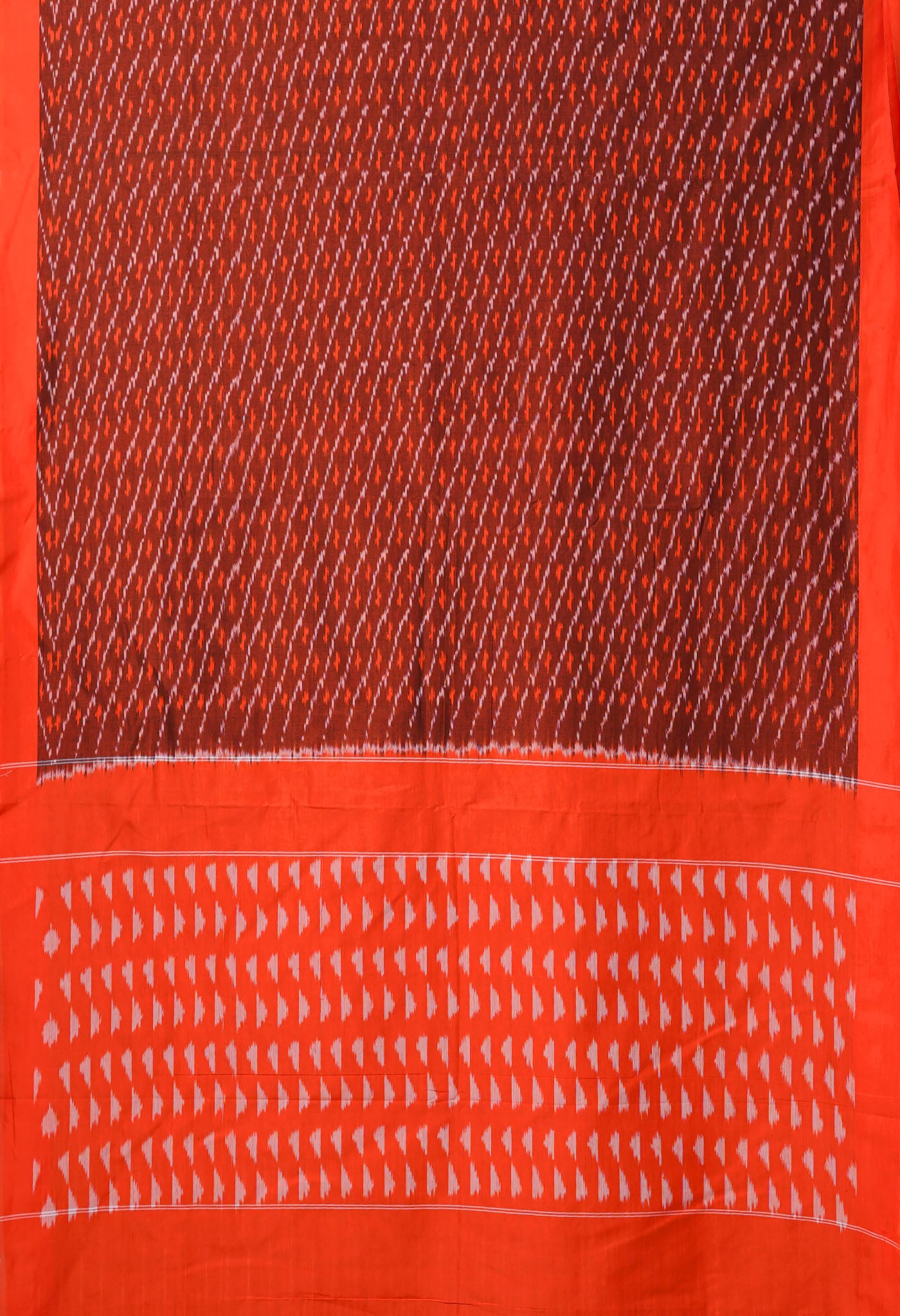WEAVER'S WORLD / POCHAMPALLY / TEXTILES -2
WEAVER'S WORLD / POCHAMPALLY / TEXTILES -2
The painstaking efforts of the weavers in maintaining the purity of dyeing and weaving, including the control and placement of threads during the weave contribute largely to the complexity of the weave patterns and pleasing appearance of the sarees. Colours that are employed for the dyeing of threads are fast and well-chosen. No wonder the outcomes of the Pochampally sarees display an extraordinary ethnic skill that is hard to match. Current trends see Pochampally handloom sarees with ethnic patterns, shiny zari borders and designer pallus with stylish designs and colourful prints.

The specialty of ikat lies in the dark and light thread designs formed on handloom fabrics, from a calculated and complex tie & dye colouring process that sets of patterns as soon as the weaving takes place. Patterns drawn on paper or borne in mind, take shape through the complex routine of tying resists on colour preventing areas on the warp or weft threads (single ikat) and both (double ikat) and then dyeing the fabric. Removal of the resists after drying causes the resist or un-dyed areas to become the light portions in the ikat patterns and the dyed areas the dark portions. Thus the design is formed as light and dark thread patterns across the fabric as an integral part of it. Time-consuming, elaborate preparations of resist tying with precise calculation of areas where the patterns have to appear on the fabric, the resulting outcomes are new-look and captivating. Bigger the area, more the time and effort consumed, it is the dedicated effort of a few traditional hubs that weave such magical creations.
SHOP ONLINE

